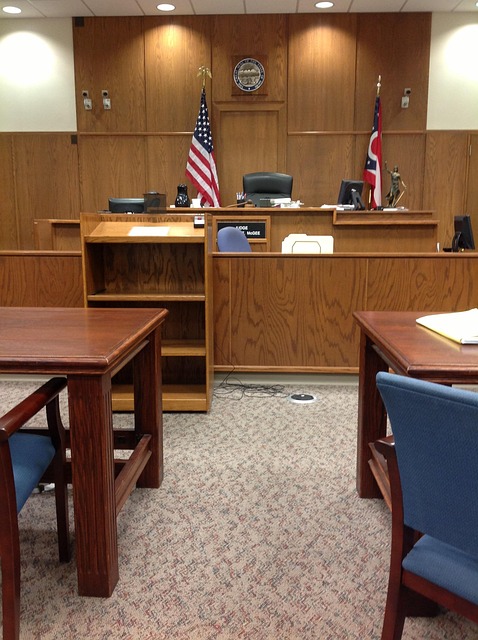Motorcycle accidents often cause severe injuries, with broken bones, particularly in wrists, arms, legs, and ankles, being common due to impact forces. Proper diagnosis is crucial for optimal recovery in wrongful death or compensation claims. Recovery requires dedicated self-care, including medical appointments, therapy, rest, nutrition, and hydration. Prevention through protective gear, awareness, and traffic rules adherence significantly reduces the risk of motorcycle accidents and associated broken bones.
Motorcycle accidents can result in severe injuries, with broken bones being among the most common. Understanding the types of fractures sustained in these incidents is crucial for both riders and medical professionals. This article explores the most frequent motorcycle accident-related broken bones, their potential causes, and the associated risks. We also provide insights into recovery and prevention strategies to help motorcyclists mitigate these dangers.
- Understanding Common Motorcycle Accident Fractures
- Identifying High-Risk Bones and Their Injuries
- Recovery and Prevention Strategies for Motorcyclists
Understanding Common Motorcycle Accident Fractures

Motorcycle accidents can lead to a variety of severe injuries, with broken bones being one of the most common. Understanding the types of fractures commonly sustained in such incidents is crucial for both victims and their legal representatives when pursuing wrongful death claims or navigating client recovery processes. These accidents often result in high-impact collisions, where riders are thrown from their vehicles or into the road surface, leading to a range of skeletal injuries.
The most prevalent broken bones in motorcycle accidents include those in the arms, legs, and pelvis. For example, a slip and fall injury during a crash might cause a compound fracture of the femur, requiring immediate medical attention. Additionally, riders may experience fractures in their ribs, shoulders, or spine due to the force exerted during the impact and subsequent landing. Proper diagnosis and treatment are essential steps towards ensuring the best possible client recovery outcomes in such cases.
Identifying High-Risk Bones and Their Injuries

Motorcycle accidents can lead to severe injuries, with broken bones being among the most common. Identifying high-risk bones and understanding the associated injuries is crucial for riders and medical professionals alike. The human body has several bones that are particularly vulnerable during a motorcycle collision due to the force involved. These include the wrists, arms, legs, and ankles—all of which bear the brunt of impact when a rider is thrown or caught in the crash.
For instance, wrist fractures are prevalent because they help absorb and distribute the force of an impact, often acting as a shock absorber during a fall. Similarly, arm fractures can occur due to the natural instinct to guard oneself during the accident. Leg and ankle breaks are also frequent, given the powerful forces exerted on these areas when a rider is thrown or involved in a high-speed collision. Recognizing these high-risk bones and their potential injuries is essential for prompt treatment and managing expectations regarding recovery timelines and possible compensation through accident settlements, particularly when dealing with complex cases involving truck accidents or real estate disputes that lead to significant medical bills.
Recovery and Prevention Strategies for Motorcyclists

Recovery from a motorcycle accident involving broken bones can be a lengthy process. Motorcyclists should prioritize self-care and adhere to medical advice for optimal healing. This includes attending all scheduled appointments, taking prescribed medications, and engaging in recommended physical therapy or exercises. Proper rest, nutrition, and hydration are essential components of the recovery process, enabling the body to repair and rebuild damaged tissue.
Prevention is key in reducing the risk of motorcycle accidents and associated injuries, including broken bones. Motorcyclists can enhance their safety by wearing appropriate protective gear such as helmets, gloves, and durable clothing. Staying visible on the road through reflective attire and using lights can also help avoid collisions. Additionally, maintaining a safe following distance from other vehicles, being aware of potential hazards, and adhering to traffic rules are crucial strategies for preventing accidents. Remember, taking proactive measures can significantly lower the likelihood of sustaining severe injuries, such as those involving broken bones, in motorcycle accidents.
Motorcycle accidents can lead to a range of serious injuries, with broken bones being among the most common. Understanding the high-risk areas and potential fractures can help motorcyclists take preventive measures. By recognizing the symptoms and seeking prompt medical attention, riders can enhance their recovery outcomes. These strategies not only ensure safer rides but also reduce the impact of accidents, emphasizing the importance of preparedness in mitigating motorcycle accident broken bones.






